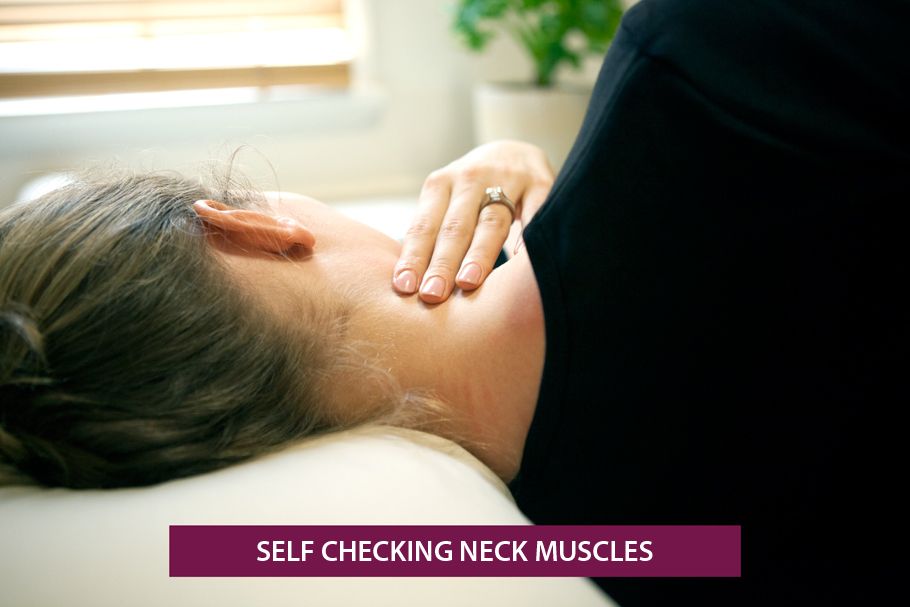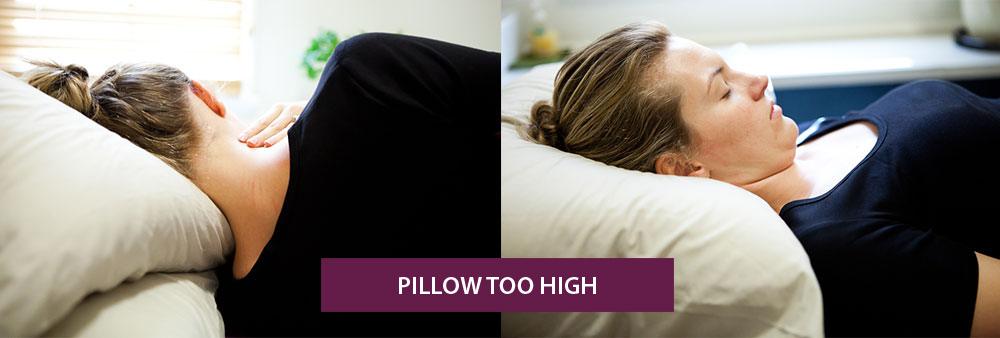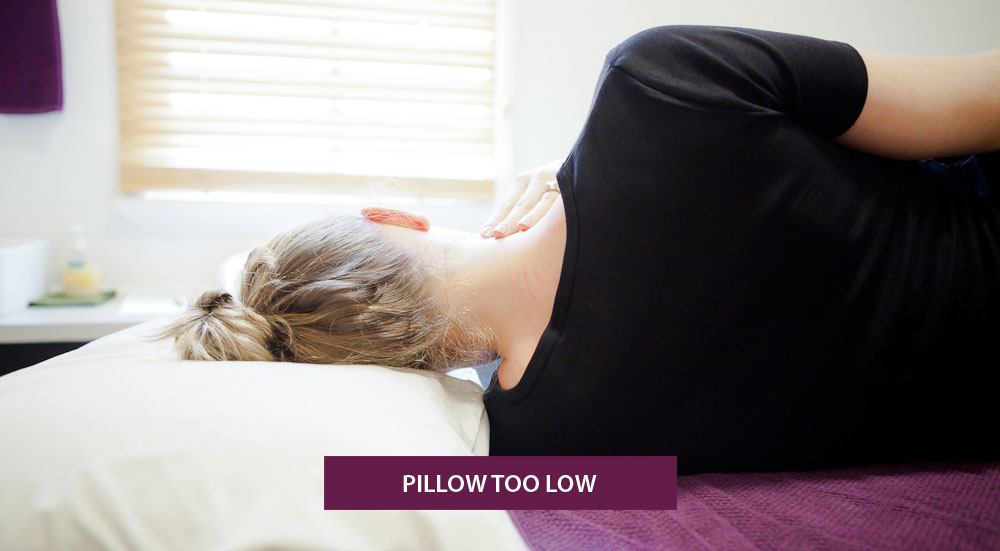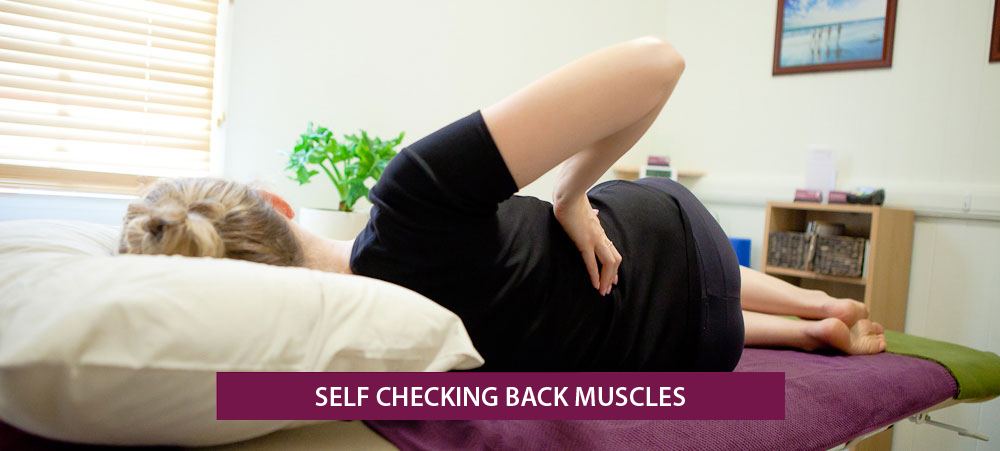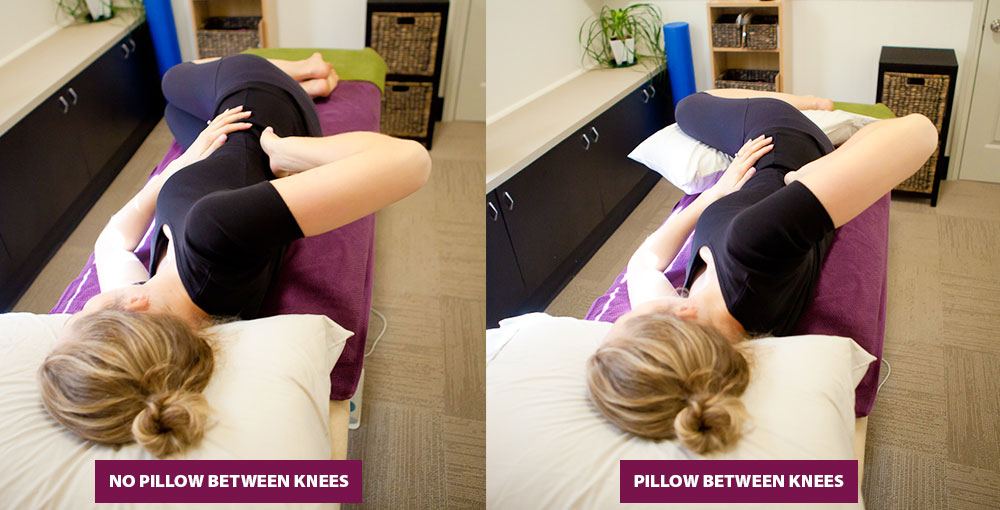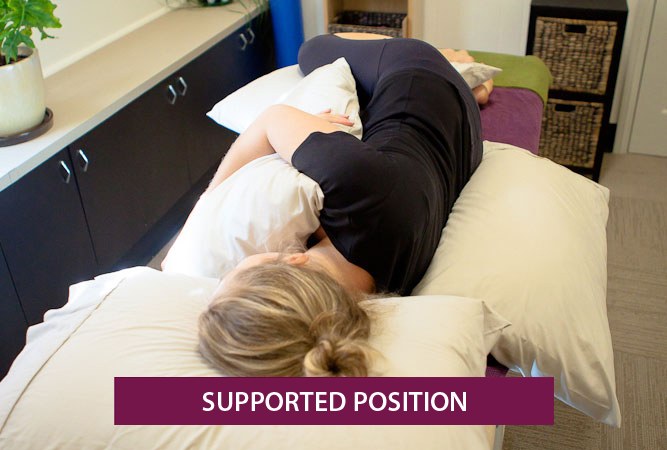Sleep Positions
Finding the ideal sleep position for YOU is important to ensure that you don’t put any strain on your muscles and joints at night, especially if you already have a musculoskeletal condition. Some clients report to us that they feel stiff or painful first thing in the morning. This makes it extremely important for you to know if you are sleeping in the right position for your body.
One thing to note is that there is not one perfect pillow or mattress for everyone. We all have a different width of our shoulders and a different length of our spine. So how do you know what’s right?
It’s quite simple really…
Your muscles will tell you how happy your body is to be in the position you are in (this applies to other postures as well). The first thing to do is lay on your bed with your normal pillow in your usual sleep position. Place one or both of your hands on your neck muscles and move them around. Do the muscles feel squishy and relaxed, or do they feel tense and ropey? (Try to avoid pushing too hard with your fingers).
Assessing your neck in your sleeping position:
If your neck feels squishy and relaxed, then that pillow and that position is right for you.
If your neck feels tense and ropey, you may need to adjust a few things. First assess this; Is your head in line with your neck, or is it 1. Being pushed up too high, or 2.Hanging down onto the pillow.
- If your head is being pushed up high, the pillow may be too high for you. Try a different pillow, or if it is an orthopaedic pillow that has a high side and a low side, try the low side. Once you have changed this, re-assess the muscles for squishy-ness.
2. If your head is hanging down onto the pillow it may be too low for you. You could try a different pillow at home that is higher, or build up the height of the one you have. An easy way to build up height is to fold a towel and place it under the pillow. You may have to try different amounts of fold to get the perfect height for you. To keep the towel in place, put it inside your pillow case on the bottom side of the pillow. Then, re-assess your muscles for feeling soft & squishy.
3. If neither of these works, it may be worth trying a new pillow altogether and do the same tests with a new/different pillow. You can usually do this in store if you are purchasing a new one.
It is often best to avoid sleeping on your tummy for long periods of time as this position often builds up strain in your neck and/or shoulders. Try to make a habit out of sleeping on your back or side.
Assessing your low back in your sleep position:
- We will do a similar test on your low back muscles either side of your spine.
Get into your usual comfortable position. If this is on your side, feel the top side of your back muscles. Do they feel squishy and relaxed, or do they feel tense and ropey.
If your low back muscles feel tense and ropey when you are on your side, try putting a pillow in between your knees and have your knees slightly bent. Re-assess your back muscles to see if that makes them more relaxed. Similar to finding the right height pillow for you neck, you may have to do the same test/re-test for the pillow in between your knees.
If you sleep on your back, slide your fingers under your back and feel the muscles either side of your spine. If they are tense, try putting a pillow under your knees.
If neither of these work, try pillows in different places on the bed to support yourself, especially if you are in pain.
Remember that the Barefoot Team are always here to help, if you would like to book a consult or speak to one of the team click here.

